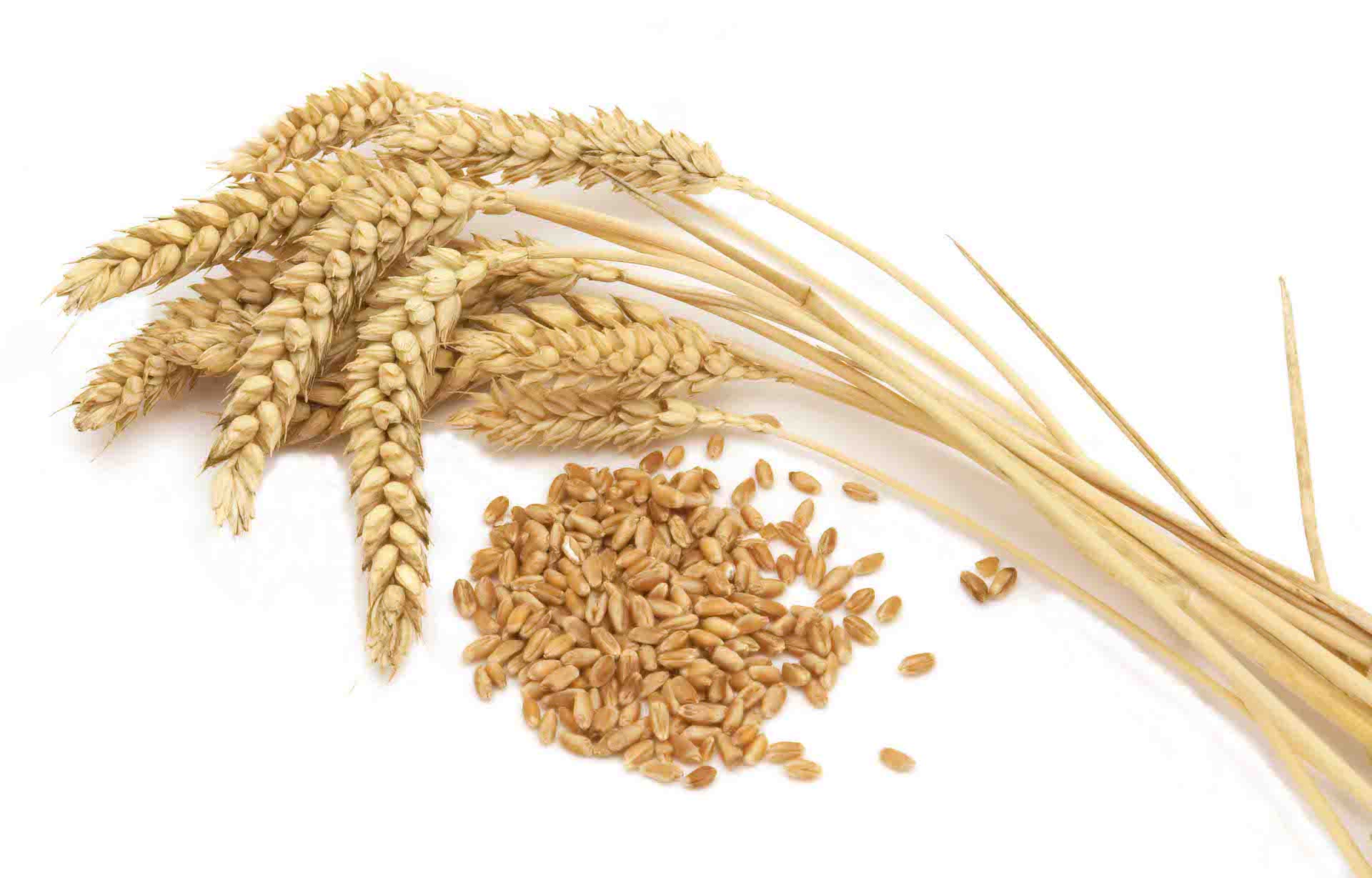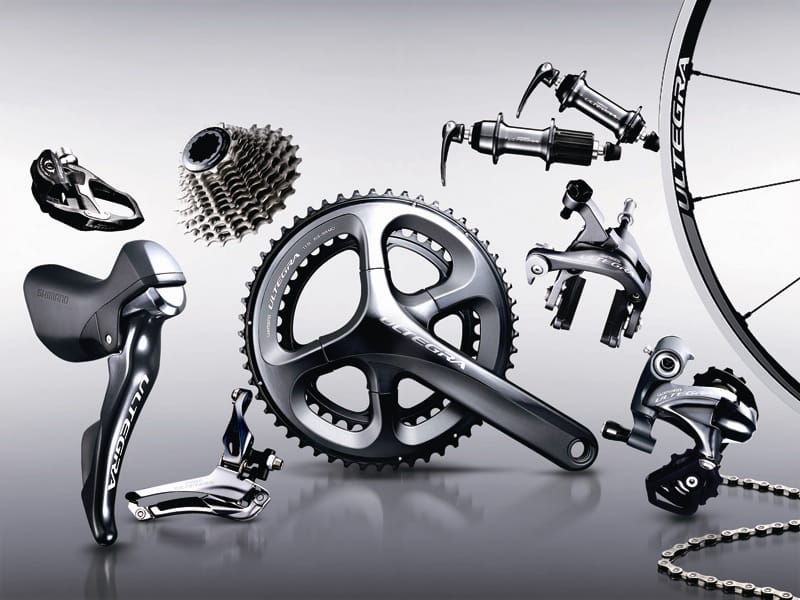You’ve been diagnosed with coeliac disease, now what, and how will this affect your training and racing?
Firstly, let’s differentiate between coeliac disease and gluten intolerance. Both scenarios’ warrant following a gluten free diet, although someone with coeliac disease does this not by choice, but through necessity. The life of a coeliac disease sufferer doesn’t have to mean a life of missing out; a well structured gluten free diet is healthy, well balanced, and tasty. Seeing there is so much I could write about, I’m going to leave this first article brief, and will endeavor to expand on this in the future. Below I’ve covered a number of area’s I feel are integral to successfully following a strict gluten free diet.
What is coeliac disease?
Coeliac disease is an autoimmune disorder of the small intestine that occurs in genetically predisposed people. Symptoms include chronic diarrhoea, failure to thrive (in children), and fatigue, but these symptoms may be absent, or appear in varying degrees of severity; thus why it is so chronically under diagnosed. Whilst an increasing number of diagnosis are being made through screening, an astonishing 75% remain undiagnosed, with 1 in 100 thought to have the disease. If you feel you may have coeliac disease, see your doctor for the appropriate tests before commencing a gluten free diet.
Coeliac disease is caused by a reaction to gliadin, a protein found in wheat, rye and barley, and also in oats from cross-contamination from crops/manufacturing processes. Upon exposure to gliadin, an immune system response occurs within the small intestine, causing small bowel damage. The body produces an inflammatory response, and the tiny, finger-like villi become inflamed and flattened, thus reducing the surface area of the bowel available for nutrient absorption.
What are the long-term risks of undiagnosed coeliac disease?
The long-term consequences of coeliac disease are related to poor nutrition and malabsorption of nutrients. Left untreated, coeliac disease can lead to poor health, osteoporosis, infertility, miscarriage, depression and dental enamel defects. There is also a small, but real, increased risk of certain forms of cancer such as lymphoma of the small bowel. In children, undiagnosed coeliac disease can cause lack of proper development, short stature and behavioral problems.
Fortunately, timely diagnosis of coeliac disease and treatment with a gluten free diet can prevent or reverse many of these problems.
Is there a cure?
The simple answer is no. There is no cure for coeliac disease. Although, you can control it through strict gluten free diet. This is where coeliac disease differs from gluten intolerance. Like any food intolerance, the body can tolerate a certain amount of this specific food, with each person’s individual tolerance being different. A coeliac disease sufferer’s tolerance to gluten is zero. Not a crumb. Now some may be able to eat a small amount and remain symptom free, while others (like myself) will be curled up in severe pain upon ingestion of as much as one small breadcrumb or a dust of flour. Regardless, with symptoms present or not, all with coeliac disease must adhere strictly to the diet.
Cross contamination
Quite possibly the biggest risk to derailing your good efforts is that of cross contamination. This can occur in your own kitchen, at social gatherings, or whilst eating out. Whilst this doesn’t mean you’ll never eat out again, it does mean you have to take special precautions when doing so.
Below I’ve listed what I have found to be the biggest risks for contamination. Being aware of them is the first step to avoiding them.
- Toasters: when also used for gluten containing breads
- Chopping boards: ensure these are washed well if previously used for gluten containing ingredients
- Knives: as above for chopping boards
- Serving utensils: ensure utensils from a gluten containing dish don’t sneak into a gluten free dish
- Cooking equipment: for example a restaurant offers to cook you a gluten free dish, but uses the wok they just used to cook with gluten containing ingredients. These dishes must be washed well before use.
- Storage: Ever seen a bakery that makes gluten free bread or baked goods, then places the bread on or under a shelf with other gluten containing products? Gluten free products must be kept completely separate with special care taken to completely avoid cross contamination.
- Finally, no, you can’t just take the croutons out of a Caesar salad!
What can you eat on a gluten free diet?
Wheat, rye, barley and oats are out, so your typical breads, pasta, cereals and bakery products are no longer edible. What grains can you eat? Your eyes are about to be opened to a whole new wide world of nutritious eating. First a word of warning, gluten free products and grains can be expensive, so be prepared for this. In future blogs I’ll give you some tips on how to keep costs down while still being able to eat affordably and keep gluten free!
Firstly, there are plenty of naturally occurring gluten free foods. These include fresh fruit and vegetables, fresh meats and seafood, eggs, nuts and legumes, milk (in fact most dairy, if a dairy food contains gluten it will be an added ingredient ie. Malt in a flavoured milk or muesli in yoghurt), fats and oils, and gluten free grains (rice, corn, quinoa, amaranth, millet etc). If you base your diet mostly around these naturally occurring gluten free foods, you’ll have a very nutritious, balanced diet.
In addition to the above foods, there are a growing number of manufactured products labelled as gluten free. In Australia the laws are very strict when it comes to food labelling, but be warned, the standards are not the same in each and every country. If you unsure, it always pays to read the ingredients list. Or just avoid eating it. Once in the USA I was given a bar labelled gluten free, only to find malted barley in the ingredients list. I’m glad I found out by reading the label rather than eating it and ending up in the foetal position for the following 48 hours. Now whilst these foods are great for convenience, and the occasional sweet treat, be warned: quite often these heavily processed foods are based on rice and corn (high GI) and loaded with sugar. Many go on a gluten free diet in the hope to lose weight, but eat too many of these heavily processed foods and you’ll do exactly the opposite. Trust me, I found this out the hard way.
In my next article I will cover what I have found to be the most suitable gluten free foods for an active individual or athlete, in both training/racing and everyday eating.
I hope this explains simply what coeliac disease is and the first steps to consider when forced to live with this disease. I will follow up shortly with my advice on the gluten free diet, foods to use in training and racing, and how to maintain a social life when eating out.








